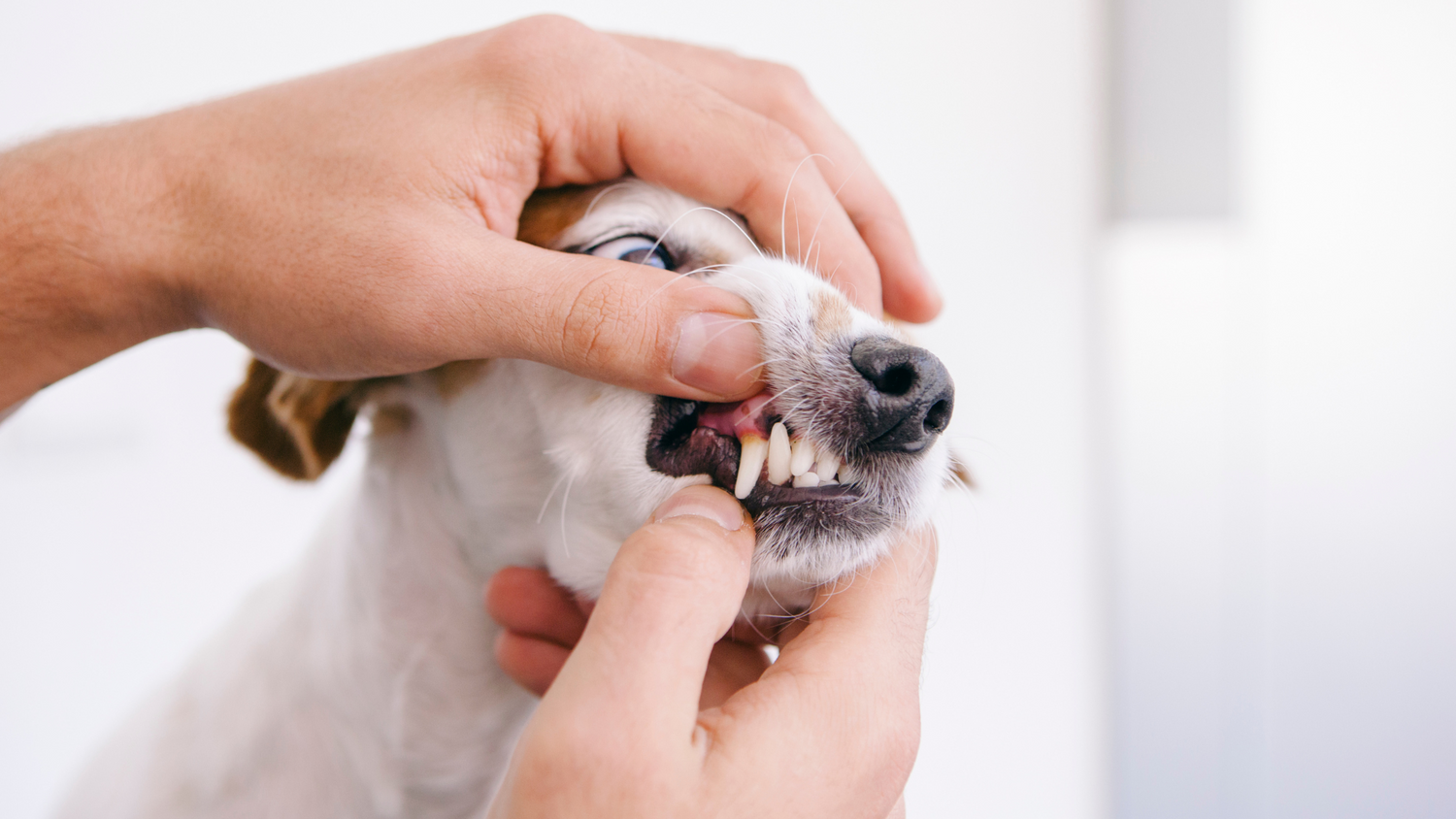Hotspots are a common, irritating skin condition that affects thousands of dogs, particularly in summer, every year. These sores can be extremely painful and can spread quite quickly if left untreated. Although these may look scary, hotspots can be treated and prevented with the right management.
What Are Hotspots?
A hotspot (also known as moist dermatitis) involves an area of skin that has become inflamed and red due to a bacterial infection. The area can first appear as a small red sore, then can rapidly develop into a moist, oozing, painful lesion. Constant licking and biting of the area can worsen the condition dramatically. Hair loss may also be present here.
What Causes Hotspots?
Anything that can cause itchiness to the skin can lead to the development of a hotspot. Outside environmental triggers such as allergies from grasses, trees, weeds, dust mites, food allergies, insect bites and fleas are all common triggers that begin that itch, scratch cycle. When damaged inflamed skin becomes compromised, that is when a bacterial infection takes advantage of this skin.
Addressing hotspots immediately and finding out their underlying causes is essential in the treatment and management of hotspots and will prevent further skin issues in the future.
Certain long-haired breeds such as Golden Retrievers, German Shepard’s, Labradors and St. Bernard’s are accustomed to hotspots due to their thick coat. In hot, humid weather hotspots are more likely to occur as excess moisture is held against their skin by their coat.
Symptoms of Hotspots
Hotspots can appear quite similar to other skin conditions, so it is important you get any suspicious rash/sores checked by your local vet first.
Symptoms include:
- Redness
- Swelling
- Hair Loss
- Pus or fluid
- Itching & biting
- Commonly found on the head, limbs or hips
Treatment of Hotspots
The main goal in treating hotspots is to first kill the bacterial infection, relive any itching, scratching or biting and remove any underlying triggers if possible. Clipping the hair around the hotspot is also important as it allows you to clean in and around it and prevent any bacteria entering the wound. Using an ointment such as the Hotspot Gel, which contains natural antibacterial and anti-inflammatory herbs such as Manuka Honey, Calendula, Aloe Vera and Gotu Kola to naturally kill the bacteria off the skin and reduce any inflammation or pain.
Prevention of Hotspots
Addressing underlying problems to your dog’s itching is the best way to prevent hotspots from reoccurring. Things like management of allergies, parasite protection and good treatment of skin infections can all contribute to easing the trauma caused to the skin by scratching. Ensuring your dog has good hygiene and is well groomed will also help in the management of hotspots. Dogs that have long coats and go swimming frequently should have their coats dried thoroughly after these activities.
If you suspect your pets skin allergies are not environmental issues, then incorporating omegas and essential fatty acids such as Mega Oil into their diet may help prevent and manage their skin disorders. These fatty acids have amazing anti-inflammatory properties that help repair internal gut issues and promote a healthy skin barrier making your dog less susceptible to skin allergies and sensitivities.





